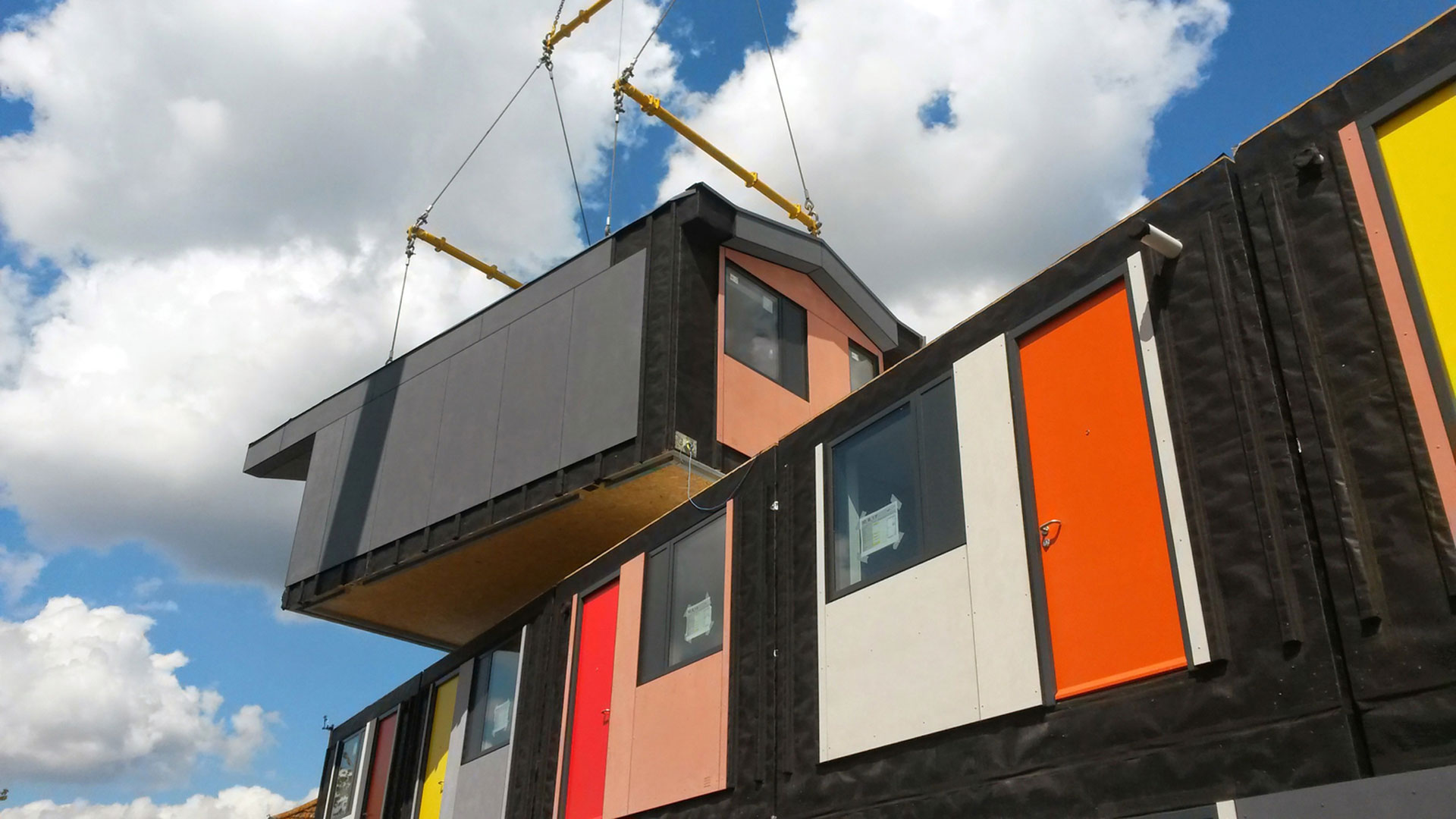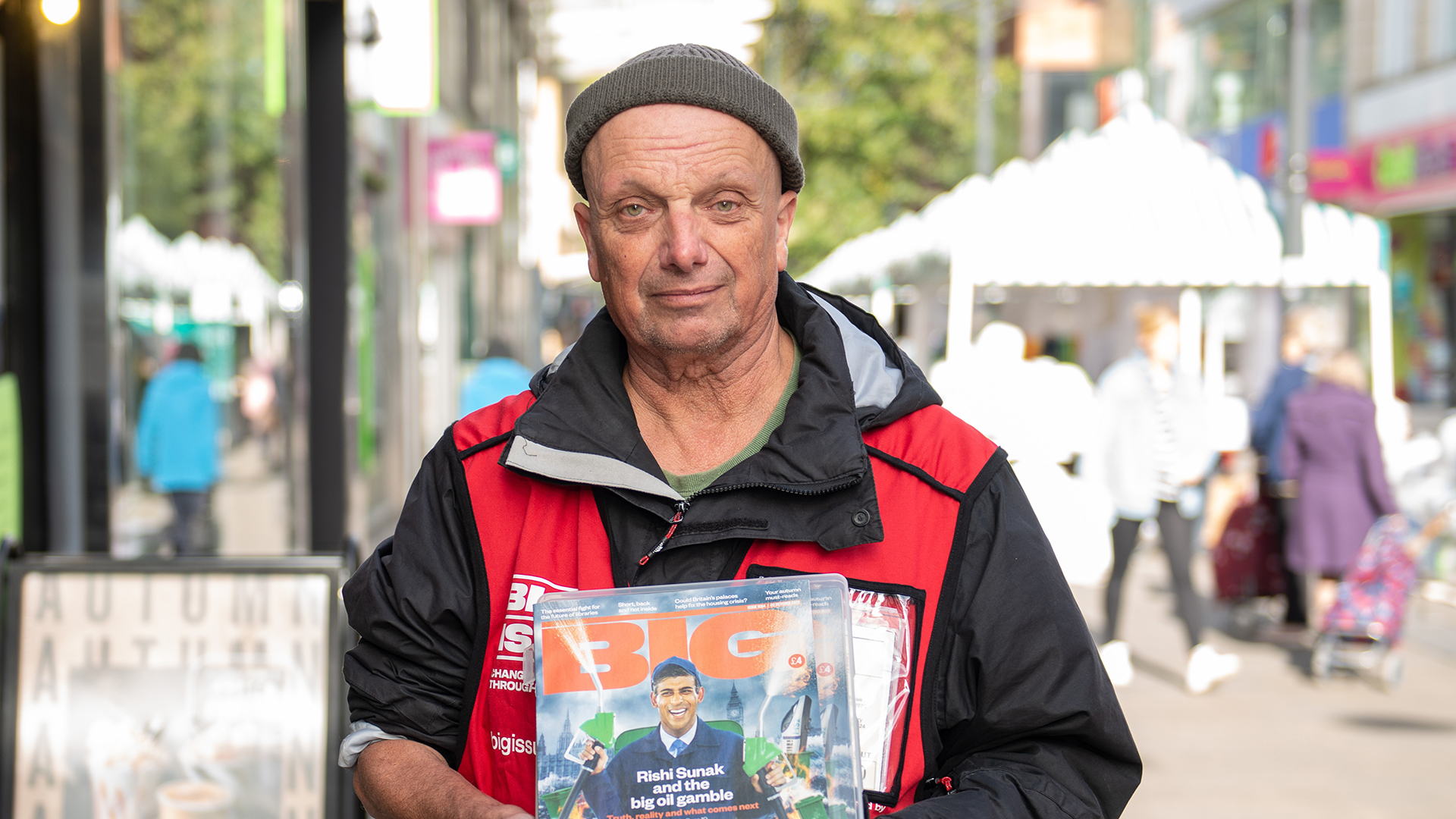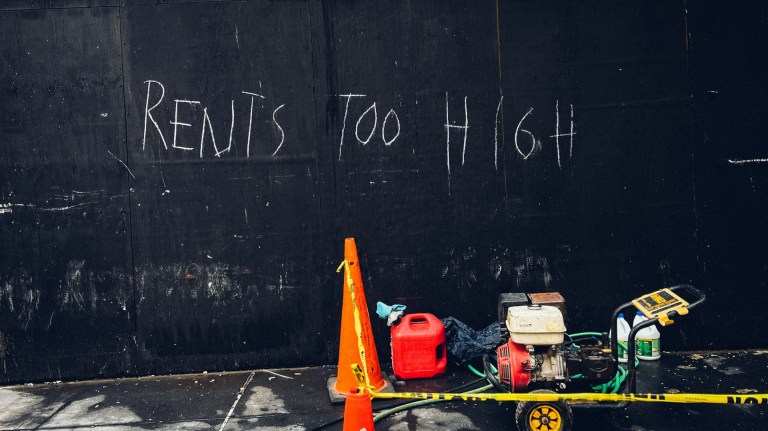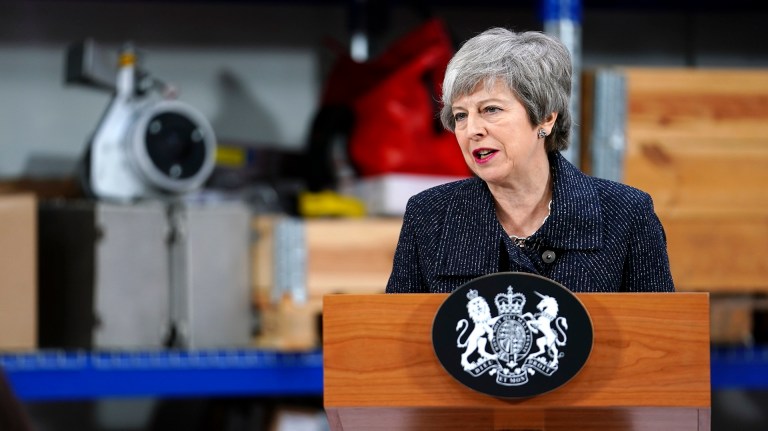Let’s take the Y:Cube scheme. Each unit, in its raw state, costs just £30,000 to construct. The cost of each home then rises to around £54,000 once furnished, fitted and connected to the grid. If that seems attractively reasonable, there is also the huge additional cost of land to reckon with. The YMCA spent £350,000 on buying the derelict site from the local authority.
“The Y:Cube costs far less than traditional house-building methods to build and install,” Tanner explains. “We want the Y:Cube to be a very simple, efficient solution. There is land out there. It just requires people to think a bit differently about freeing up small brownfield sites. If there are funders and landowners who are willing to think flexibly, the beauty of the Y:Cube is that it can be less than a year between the idea and initial discussions to getting people settled in homes.”
On the south coast, a willingness to “think flexibly” has seen 36 shipping containers turned into studio flats for people struggling to find anywhere to live. The Brighton Housing Trust worked with developer QED Property to create the strange, innovative development on a derelict site near a viaduct, not far from Brighton’s main railway station.
QED bought the shipping containers for around £400,000 from Holland, where they’ve been used to provide student accommodation. It then spent another £500,000 on site preparation, ground works, drainage and electricity, before renting the units out to the housing charity in search of suitable accommodation for Brighton’s growing homeless population.
QED already owned the land (the company “guesstimates” its worth at around £400,000) and is still waiting for a comprehensive redevelopment project to take place in the area. But in the absence of commercial development in the short term, it was willing to try something different to free up the site for much-needed housing.
“We had been working with Brighton Housing Trust, trying to find an answer to this conundrum of providing move-on accommodation,” explains QED director Chris Gilbert. “It was always too difficult to make any sense of it, financially, using a traditional house-building approach – the numbers didn’t stack up. So we bought leftover containers from a project in Holland we heard about. It just means you can build more quickly and be more flexible.”
It was too difficult to make any sense of using a traditional house-building approach – the numbers didn’t stack up
The scheme – now called Richardsons Yard – took just over three months to build. Yet it also comes with a sell-by date: permission to have residential units on a commercial site holds for only five years. Gilbert believes temporary solutions like this needn’t be a bad thing, and thinks flexible leasing arrangements are the key to creating a wider variety of housing options.
“At the end of five years, if it is thought that this works, and everyone is happy with it, planning permission could be extended,” he says. “But we have to be ready to relocate people and ideally plant the containers on another site somewhere else.”
Architects are never short of big ideas. Last week, New London Architecture (a forum for new development in the city), unveiled a shortlist of 100 blue-sky proposals to solve the housing crisis. They included floating “modular” homes that could be plonked along the canals, and flat-building along derelict railway lines. Elsewhere, academics at the London School of Economics have urged planners to look at “alternative housing”, buoyed by small self-build projects and housing co-operatives in the capital.
Yet construction, however bold, is the easy part. It’s land – the huge costs and the great difficulty in obtaining it – that remains the biggest barrier to getting more homes built. Without more land offering much greater supply, we might be entitled to ask whether stylistic innovations and inventive forms of housing management will leave us tinkering at the margins.
Housing analyst Brian Green, who runs the Brickonomics blog, has shown the skyrocketing cost of land. Back in the 1930s land could cost as little as two per cent of a house’s sale price. By the 1950s, land accounted for around 25 per cent of house-price values. Today, it has increased to close to 70 per cent (by Green’s calculations). According to Shelter, residential land prices rose by 170 per cent between 2000 and 2007, compared to a 124 per cent increase in house prices.
Although the staggering cost of land in central London skews averages somewhat, it remains true that a shortage of available land – especially across the south of England – is contributing to the housing crisis.
Everyone in the sector hopes local authorities can be encouraged to make more brownfield sites in urban areas available. “It’s perhaps understandable that some public sector bodies are a little reluctant to release land because they know once they’ve lost it, they won’t get it back again,” says Simon Rubinsohn, chief economist at the Royal Institution of Chartered Surveyors.
“It’s also true that some investors are acquiring land with a view to trading it at some point in the future when the price reaches a level they believe offers them an adequate return.
“But the reluctance of landowners to sell and the current high price of land are not the only things holding more house-building back,” Rubinsohn adds. “Even if there’s a willingness to sell land in an area… it can meet with local opposition and get bogged down in the planning process.”
Complaints about nimbyism and endless planning restrictions are familiar from the big house builders. Yet some have accused them of sitting on large sites and holding back the supply of new homes. Steve Turner, spokesman for the House Builders Federation, rejects the idea that his members are restricting supply to keep property prices high.
“A number of independent reviews have dismissed this idea of house builders’ land-banking,” Turner says. “It costs them to sit on land. A lot of sites have outline planning permission but are stuck somewhere in the planning system before work can begin – and that’s as frustrating for house builders as it is for anyone else.”
A recent Shelter report – Solutions for the Housing Shortage – sets out ways in which Britain might reach the 250,000 homes a year it needs to build. Land issues are key. The report proposes a new town programme, in which government development corporations would take control of land purchase, and more support for green belt swaps (whereby councils allow building in some parts of the well-protected green belt if an equivalent area of land elsewhere is safeguarded).
There remains a problematic perception of land scarcity, that the tiny island of Britain is almost ‘full up’, fast approaching the day everything is paved with tarmac. It’s worth pointing out that a few years ago the Office for National Statistics released the UK’s Environment Accounts. Geographers classified only 6.8 per cent of the UK’s land area as urban (a definition that includes all roads and development in rural areas), meaning more than 93 per cent remains resolutely non-urban.
If Britain is to begin to ease its housing crisis, it must unlock the land blockage. Perhaps then, if more land can be made accessible, we can argue about the most fitting architectural styles and construction methods. Until then there will be precious few places for visionary designers to play with.









